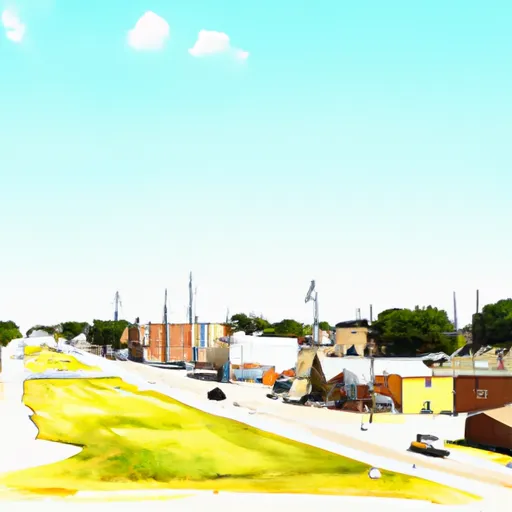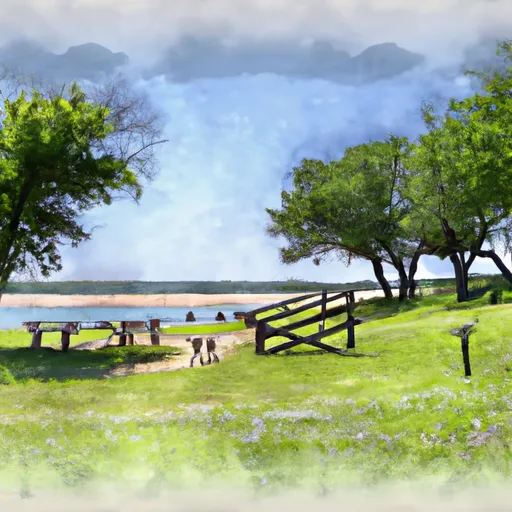°F
°F
mph
Windspeed
%
Humidity











Located in Montgomery County, Texas, Willis is a charming city with a population of approximately 6,000 residents. The region experiences a humid subtropical climate characterized by hot, humid summers and mild winters. Summers are typically hot with temperatures averaging in the high 90s°F, while winters are mild with temperatures rarely dipping below freezing. The area receives around 50 inches of rainfall annually, with the wettest months being May and October.
Willis is situated near Lake Conroe, offering excellent hydrology constituents. This expansive lake provides opportunities for boating, fishing, and water sports. Anglers can find a variety of fish species, including largemouth bass, catfish, and crappie, making it an ideal spot for fishing enthusiasts.
Outdoor recreation opportunities abound in Willis. Sam Houston National Forest, located nearby, offers activities such as hiking, camping, horseback riding, and hunting. The forest boasts over 160 miles of trails and covers approximately 160,000 acres, providing ample opportunities for exploring the beautiful nature of the region.
In summary, Willis, Texas, provides a pleasant climate with hot summers and mild winters. Its proximity to Lake Conroe and Sam Houston National Forest offers residents and visitors numerous outdoor recreation opportunities, making it an appealing destination for nature lovers and outdoor enthusiasts.
Weather Forecast
Willis receives approximately 1193mm of rain per year, with humidity levels near 83% and air temperatures averaging around 20°C. Willis has a plant hardyness factor of 8, meaning plants and agriculture in this region tend to thrive here all year round.
Regional Streamflow Levels
855
Cubic Feet Per Second
260
Cubic Feet Per Second
28
Cubic Feet Per Second
53
Cubic Feet Per Second
Nearby Camping
| Camping Area | Reservations | Toilets | Showers |
|---|---|---|---|
| Spring Creek Park | |||
| Brazos Bend State Park | |||
| Huntsville State Park | |||
| Kellys Pond Dispersed | |||
| Cagle Rec Area | |||
| Stubblefield Lake |



